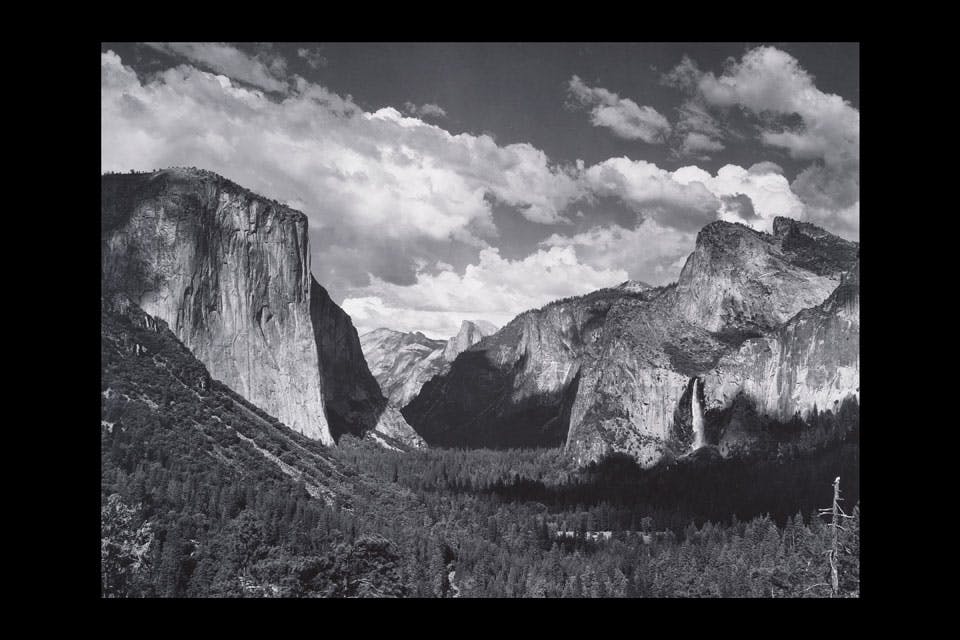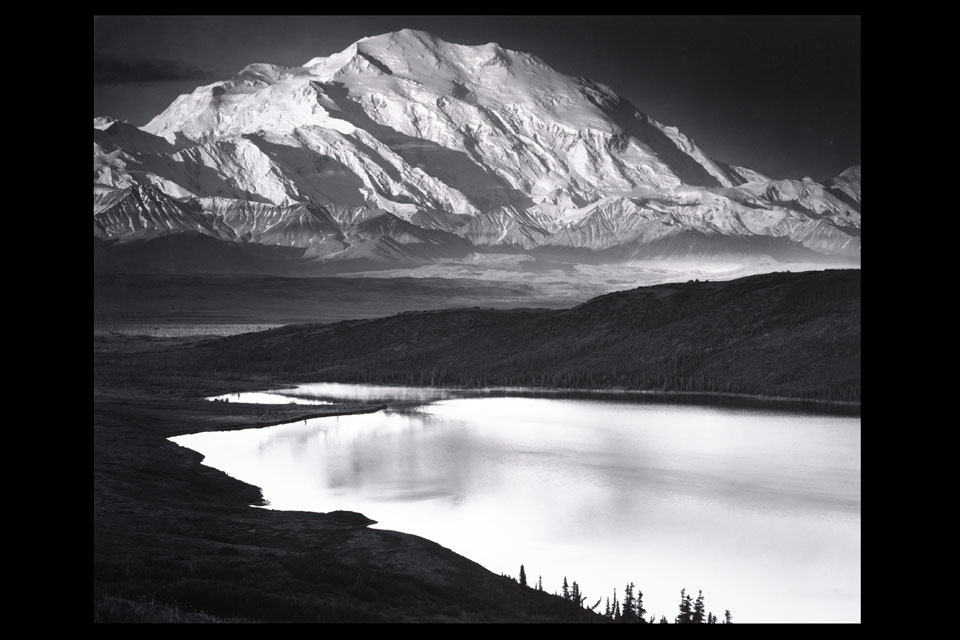Arts
‘Ansel Adams: A Photographer’s Evolution’ in Cincinnati
This summer, the Taft Museum of Art showcases a career-spanning collection of Ansel Adams’ work.
Related Articles

Concert Posters, Natural History and the Art of Derek Hess
This Cleveland Museum of Natural History exhibition shows how the artist’s concert-poster past evolved into fine art shaped by paleontology, animals and ingenuity. READ MORE >>

Every Exhibition at the Dayton Art Institute in 2026
From traveling shows featuring the works of artist Tony Foster and William H. Johnson to focus exhibitions curated from the museum’s collection, here is what’s on the schedule this year. READ MORE >>

New Immersive Augmented Reality Experience Coming to COSI
Starting Jan. 30, visitors to the Columbus science destination can explore and interact with imaginary, virtual worlds through this holographic theater exhibit. READ MORE >>





